After finding some interesting coral and waxcap fungi at Springwood and Wolli Creek recently, I was keen to check out a site I know close to the Lane Cove River, in Lane Cove National Park. It is one of three sites I know where I have found what I think is the Parrot Waxcap – Gliophorus psittacinus.

Ramaria lorithamnus
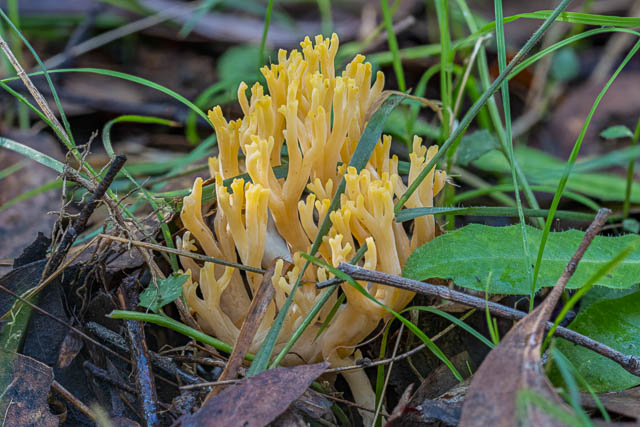
Cortinarius sp.

Perhaps Singerocybe clitocyboides –
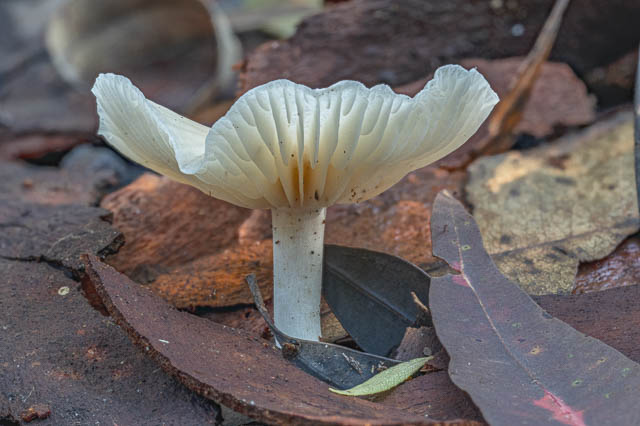
Gliophorus psittacinus group –

There are five mushrooms in the photo above. Two of the smaller ones have orange caps – and yellow-orange stipes. I found one more – and it was larger, and is shown in the two photos below –

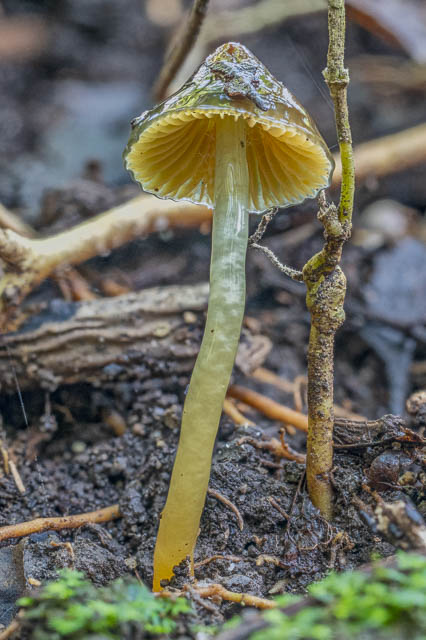
I had found the same species in Birdwood Gully at Springwood the week before, so I was hoping it would also be out here. I was very happy to find it again. It is one species that does seem to occur in the same small area each season. And by small area – I mean a few square metres. It is often very hard to set – being quite small, often no more than 3 cm tall, and often much smaller, and the predominant dark green colour blends into the background. It is always very viscid.
I refer to it as the Gliophorus psittacinus group as it is likely to be a species complex. Whether these Australian examples are the same as the European and American species remains to be determined.
Some observations –
- Predominant colours – conical green cap with striations along the rim. Yellow – orange gills. Green stipe often with a yellow base. The cap can also be orange and the whole stipe yellow-orange. Whether this is due to exposure to light, or the size of the fungus or other factors I do not know. But it seems the green can change to orange and back to green.
- At the three sites I have observed it, at two of those sites – here and at Birdwood Gully, it appears in the same small area each season. I think this is also likely for the third known spot in Royal National Park.
- It is always glutinous – covered in a viscid coating. So this makes the genus very likely to be Gliophorus.
- It can appear from May to July, in cooler weather after good falls of rain.
- It is probably more common than being at just three locations in Sydney, as it is easy to overlook. But not that common.
Trichoglossum hursitum

Cuphophyllus austropratensis

As well as the Gliophorus psittacinus group fungi, there are also lots of interesting and very tiny coral fungi to be found nearby.
Clavulinopsis amoena
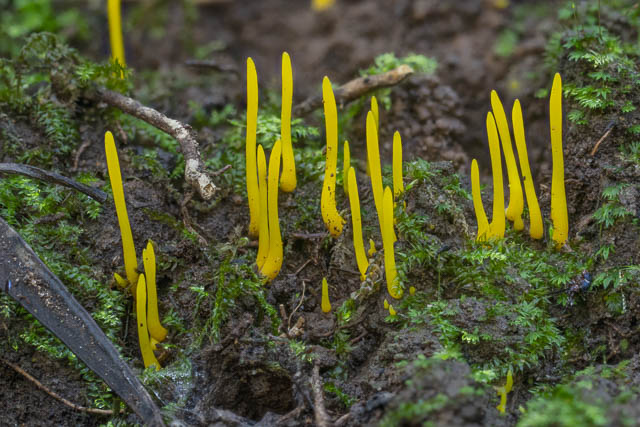

Ramariopsis crocea


Ramariopsis sp.
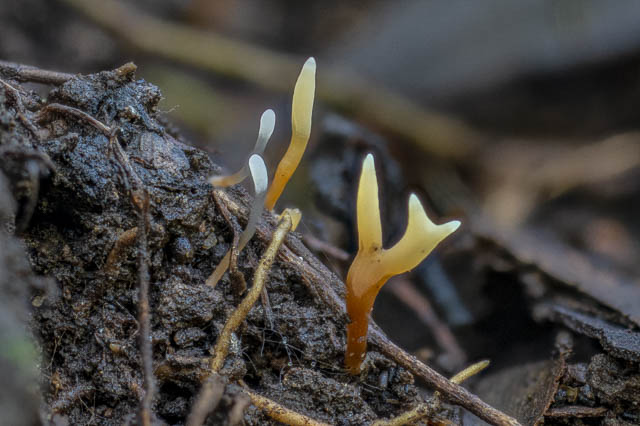
Tremellodendropsis pusio
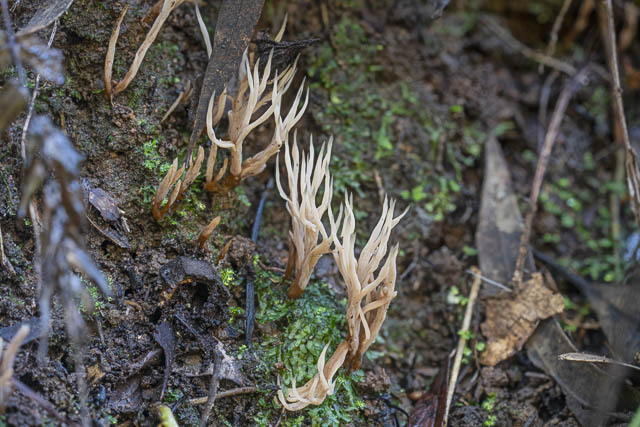
Ramariopsis sp.


Clavulina sp.
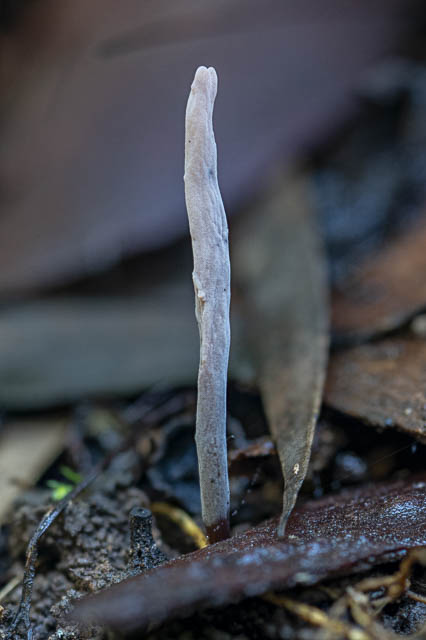
Ramariopsis kunzei
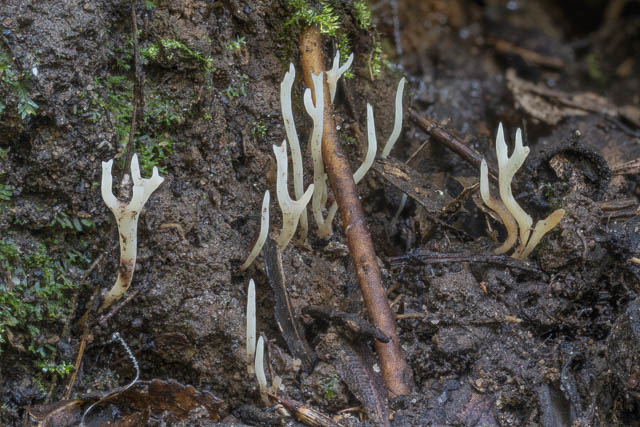



Ramariopsis sp.

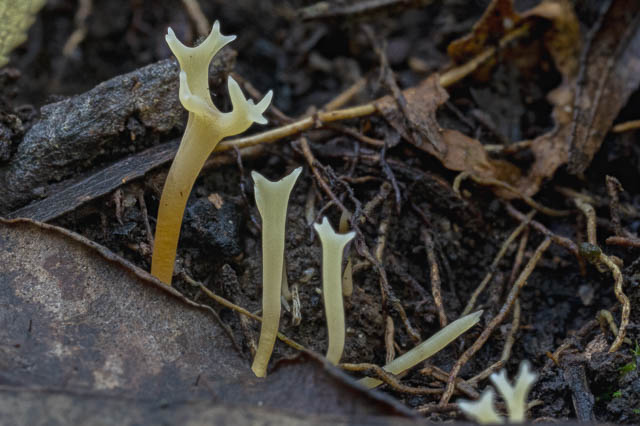
Clavulinopsis amoena
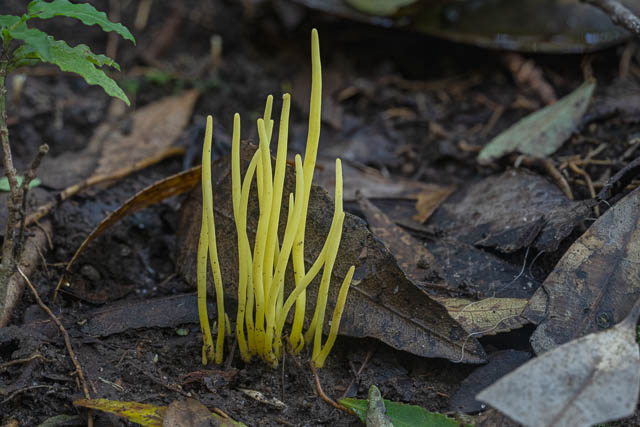
Ramariopsis sp.
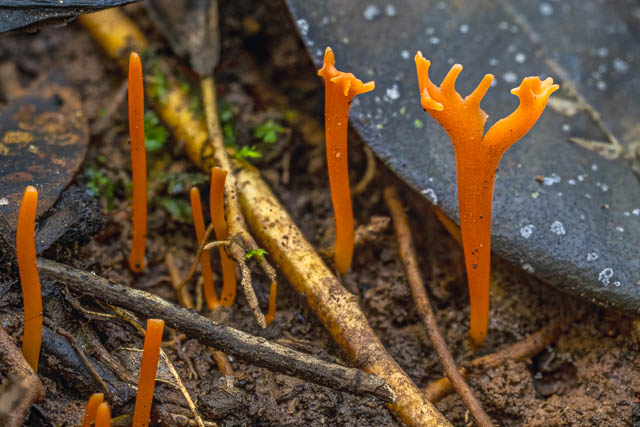
Macrotyphula juncea

Macrotyphula juncea and Mycena sp.
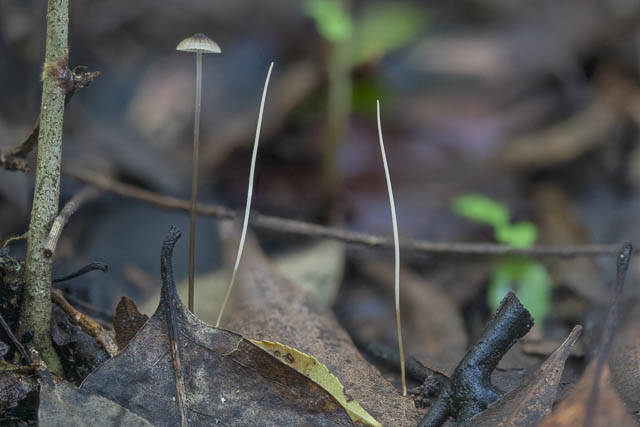
Cuphophyllus austropratensis
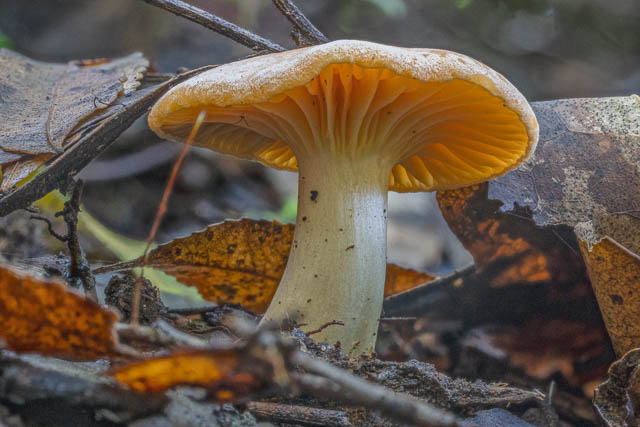
Clavulina sp.

Ramaria lorithamnus

Cortinarius sp.
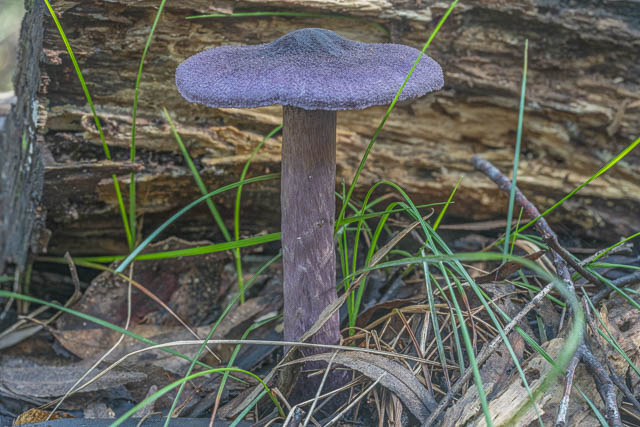
Ramaria sp.

Austroboletus lacunosis

